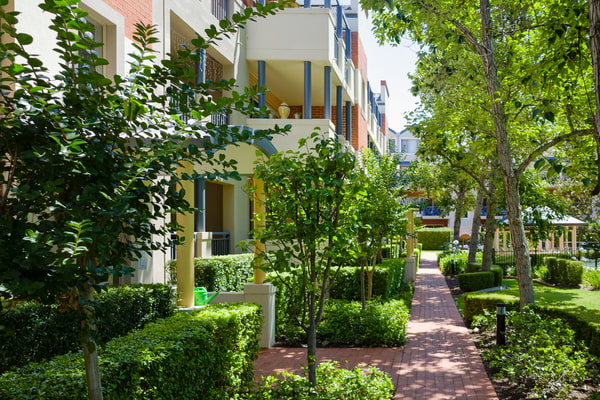Everything you need to know about BASIX
In 2004, with growing global concern about human impact on the environment, the New South Wales Government introduced BASIX certification. Here’s what you need to know about getting the certification you need.
By Barry Cotten

‘Sustainable building’ was only a buzzword a couple of decades ago, but these days it is the term that encompasses the massive effort that architects, builders, manufacturers, government authorities and consumers are making to ensure that what we construct, as humans, has minimal impact on our natural environment.
And it has led to some incredible new initiatives and some innovative thinking, with significant achievements in conserving energy, minimising waste and toxins, and reducing water consumption and pollution, to name a few.
In 2004, the New South Wales Government introduced the BASIX scheme as an integral part of its planning process across the state. It was established to meet targets of up to 40% reduction in water consumption and up to 25% reduction in greenhouse gases.

Of course, both have financial benefits in the long term for the homeowner, too. While the initial investment in, for example, solar panels or a water tank can seem costly, over time, these do deliver savings.
Under the BASIX scheme, all new homes and renovations or additions to existing homes valued at more than $50,000 must achieve BASIX certification. Owners must submit this certification with their Development Applications to local council. These include granny flats and secondary dwellings, significant renovations, alterations or additions, swimming pools and spas with a capacity larger than 40,000 litres. BASIX also applies to conversion projects if an existing non-residential dwelling (such as an old warehouse) is converted into a residential building.

Basically, a BASIX assessment analyses your proposed dwelling plans and provides a score for water and energy efficiency, which are benchmarked against scores for New South Wales. The proposed dwelling must meet specific targets before the proposed development is issued with a BASIX certificate. A Development Application cannot go through the local council process without a BASIX certificate. A BASIX certificate is valid for three months before submission to the council or accredited certifier. Once lodged, it is valid for the maximum life of the Development Application. It’s a good idea to have the BASIX completed once the design is finalised and ready for lodgement.
As part of the energy assessment, NatHERS (Nationwide House Energy Rating Scheme) is used to complete the thermal rating. It uses specialist thermal performance software to model the building according to aspect, room layout, orientation, window design, breezes and building construction. Results are produced on a room-by-room basis and assessed in relation to the local climate. They show any areas requiring improvement and the overall star rating – out of a maximum of ten stars.

While there are ‘do-it-yourself’ options online for getting BASIX certification, it is often best done by industry professionals, because if after an initial assessment your building does not meet the targets, a professional can provide a range of advice and recommendations to ensure that it does.
It may be something as simple as changing the glazing, or reducing the size of windows, changing showerheads and taps to others that have higher water efficiency ratings, or increasing the size of your rainwater tank.
However, for the building to maintain the design features and aesthetics you want to achieve, these kinds of solutions need to be considered in the context of the overall build, and that’s where professional advice can make all the difference.
At E Planning, we provide BASIX certification, including a NatHERS assessment.
Contact us for more information on BASIX certification, or read more town planning articles for a broader understanding of the process.

